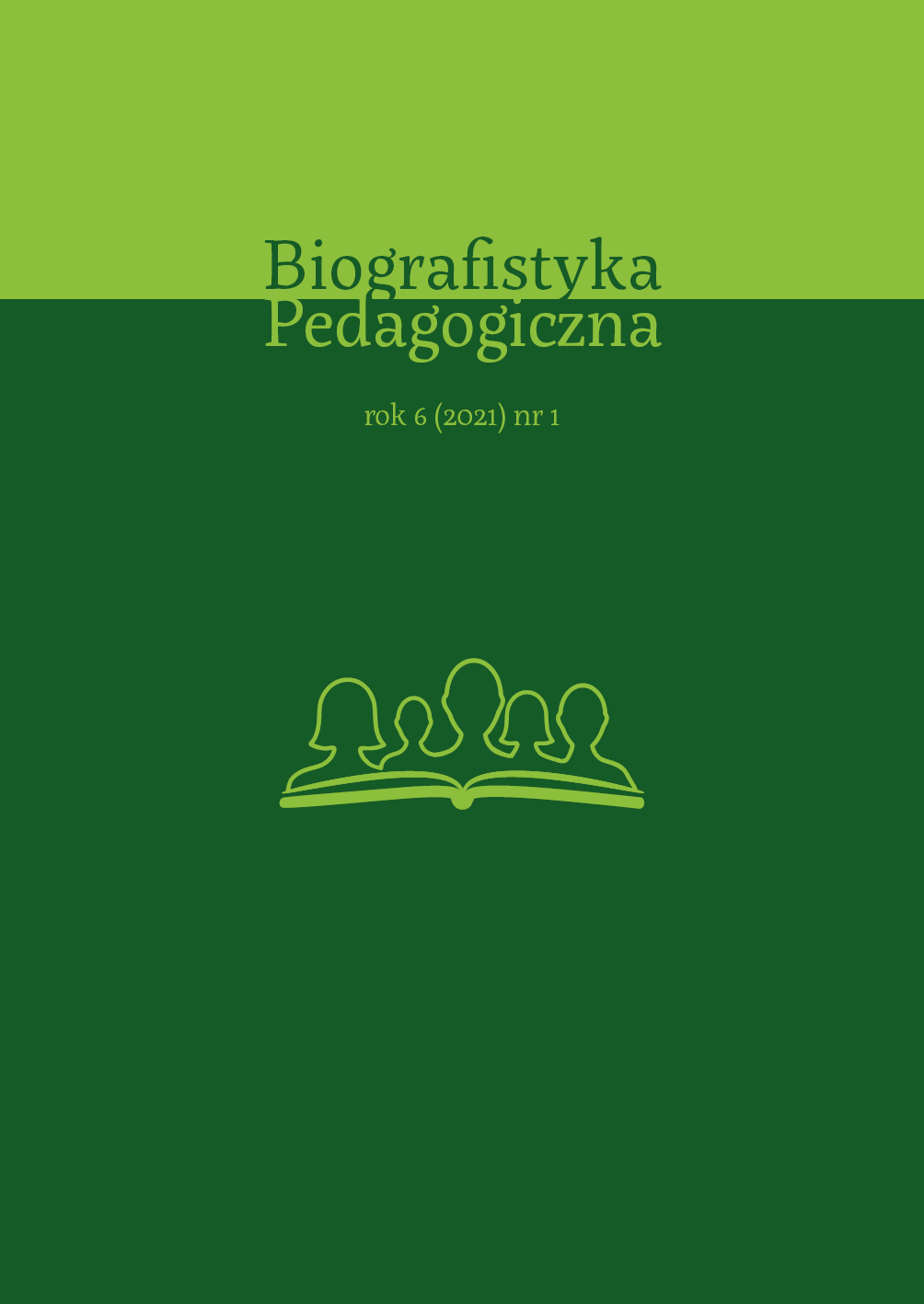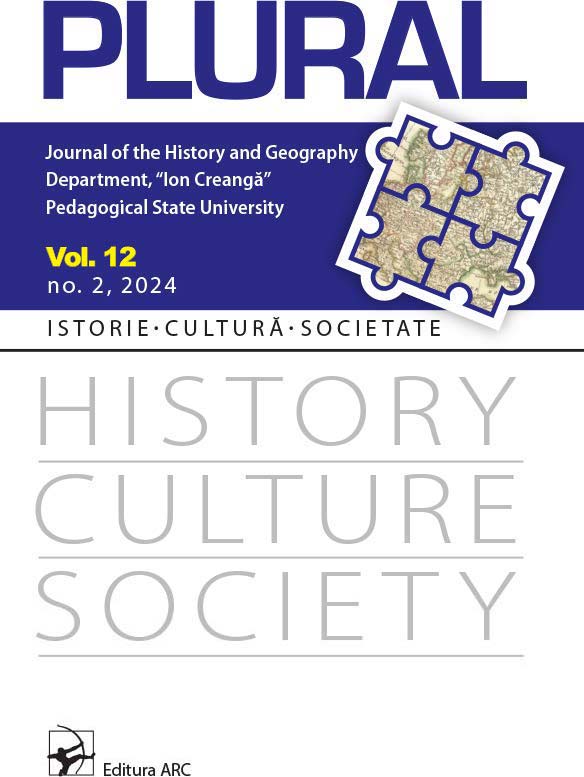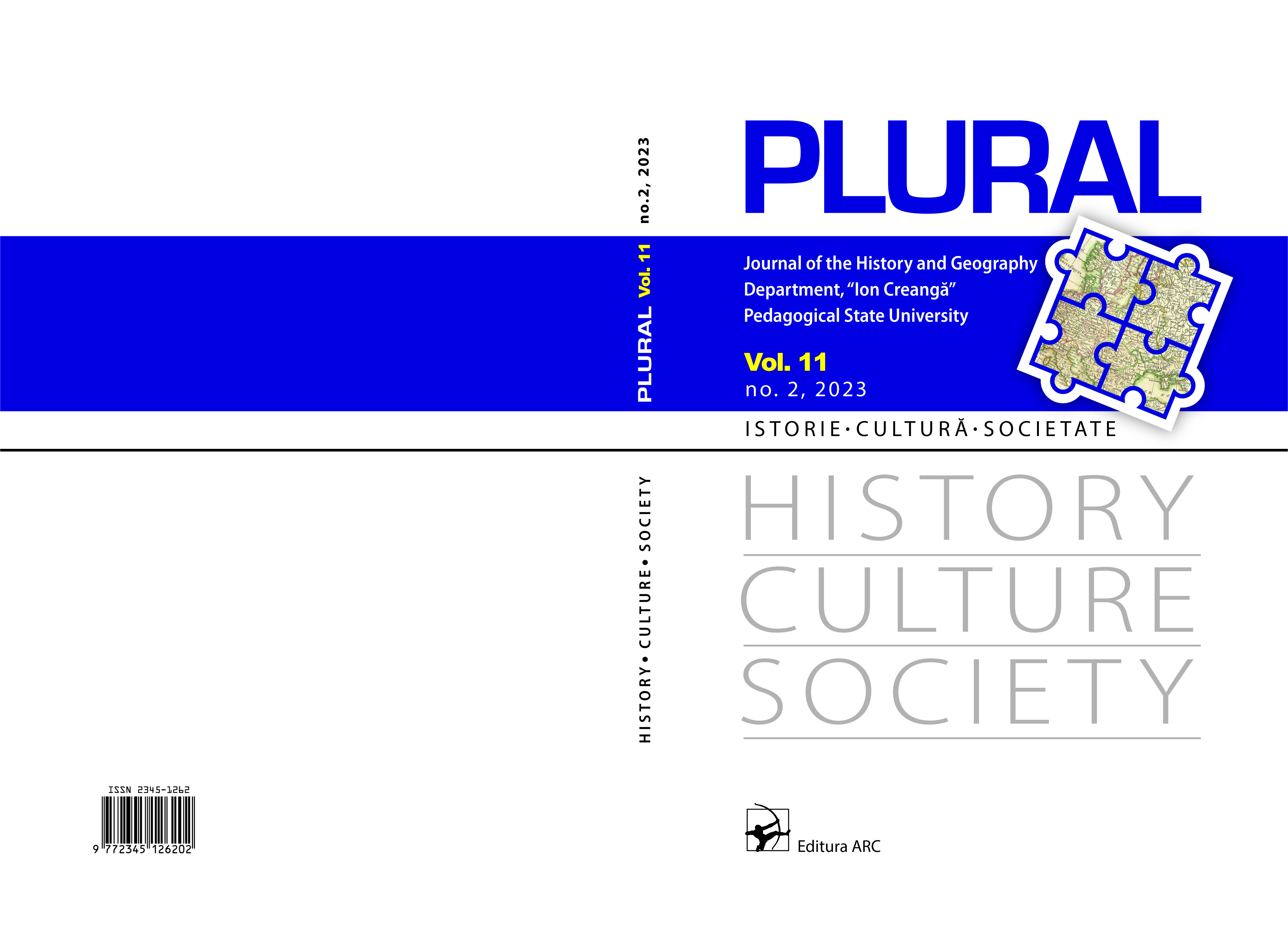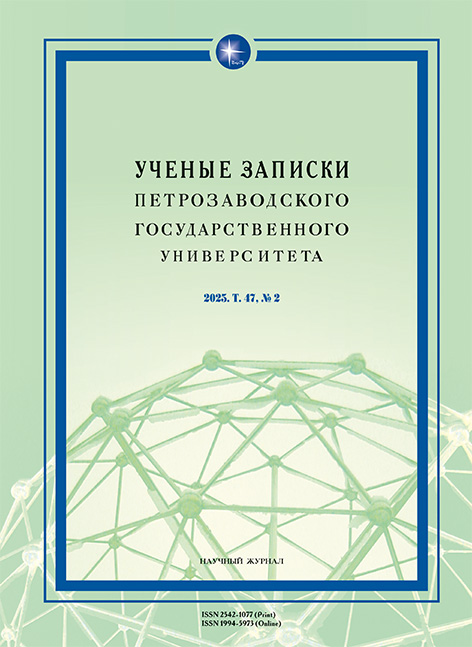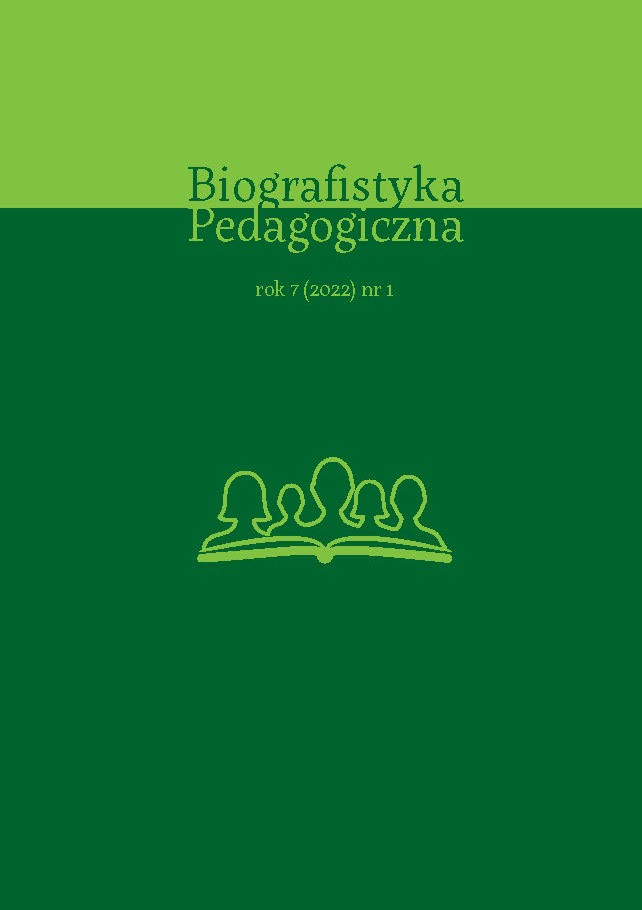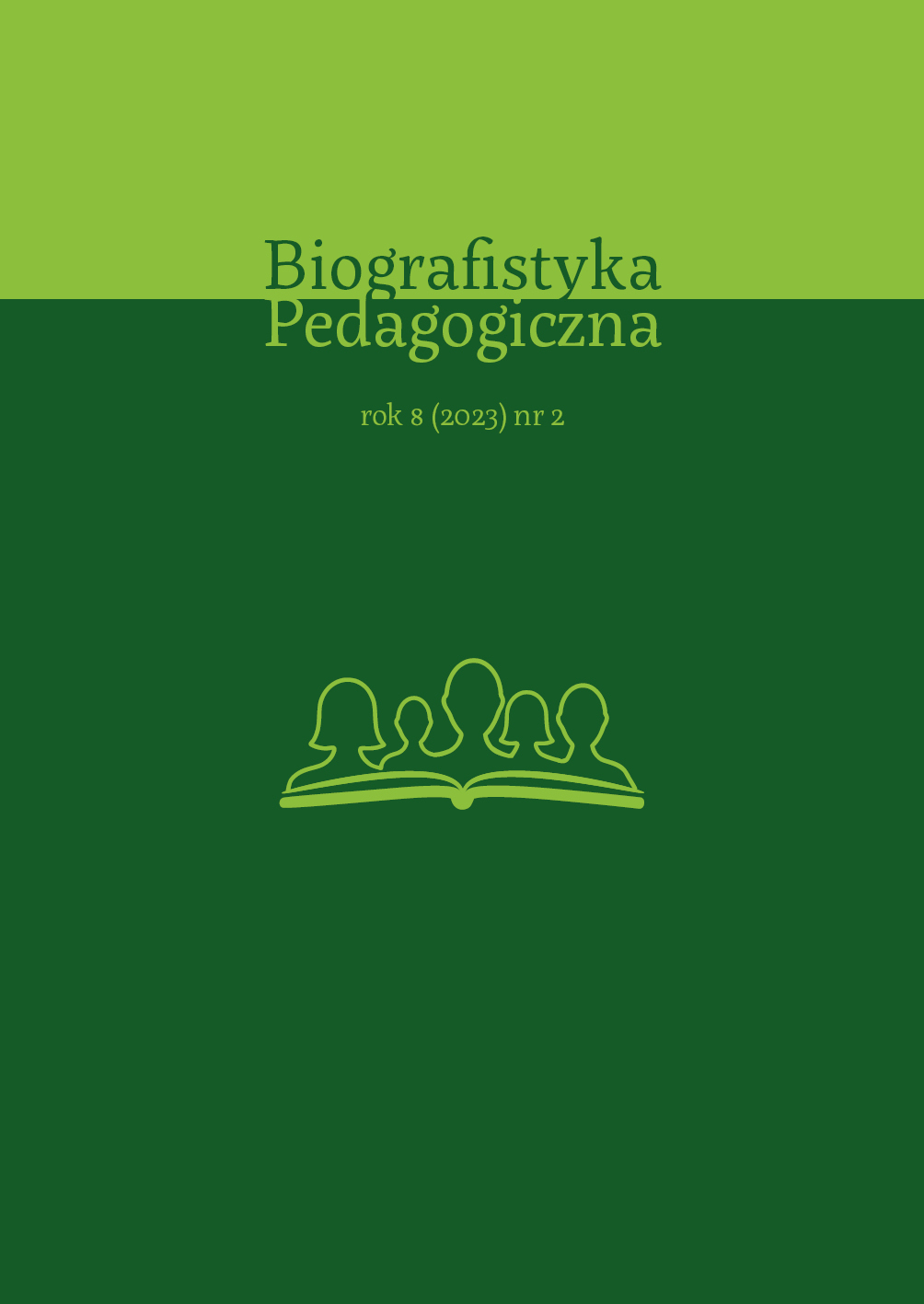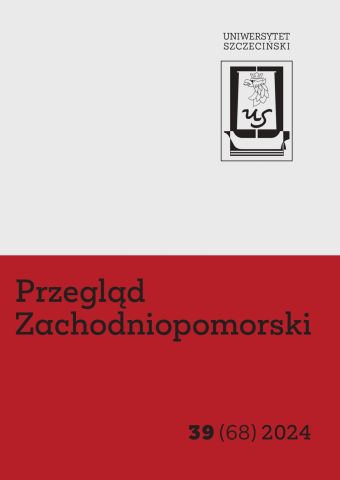
Szczeciński Teatr Miejski – pozostały tylko widoki
Views of the Szczecin Municipal Theatre began to emerge in the years following its opening in 1849 and continued to be created until the building was demolished in 1953.These were prints and photographs closely tied to the theatre’s history. Initially, they promoted its construction, later commemorating its fiftieth anniversary and the modernization carried out at the turn of the century. During the interwar period, they popularized the image of an institution crucial to the city’s cultural life. During World War II,they depicted the ruins of the theatre. The theatre’s iconography, from its inception, also captured the surrounding environment and documented its transformation—the course of the fortress walls, the use of the square in front of the theatre as a promenade, the gradual construction of surrounding tenement houses, the establishment of cobbled streets,and the creation of a promenade avenue with the theatre as its focal point.Views of the Szczecin Municipal Theatre began to emerge in the years following its opening in 1849 and continued to be created until the building was demolished in 1953. These were prints and photographs closely tied to the theatre’s history. Initially, they promoted its construction, later commemorating its fiftieth anniversary and the modernization carried out at the turn of the century. During the interwar period, they popularized the image of an institution crucial to the city’s cultural life. During World War II, they depicted the ruins of the theatre. The theatre’s iconography, from its inception, also captured the surrounding environment and documented its transformation—the course of the fortress walls, the use of the square in front of the theatre as a promenade, the gradual construction of surrounding tenement houses, the establishment of cobbled streets, and the creation of a promenade avenue with the theatre as its focal point.
More...
